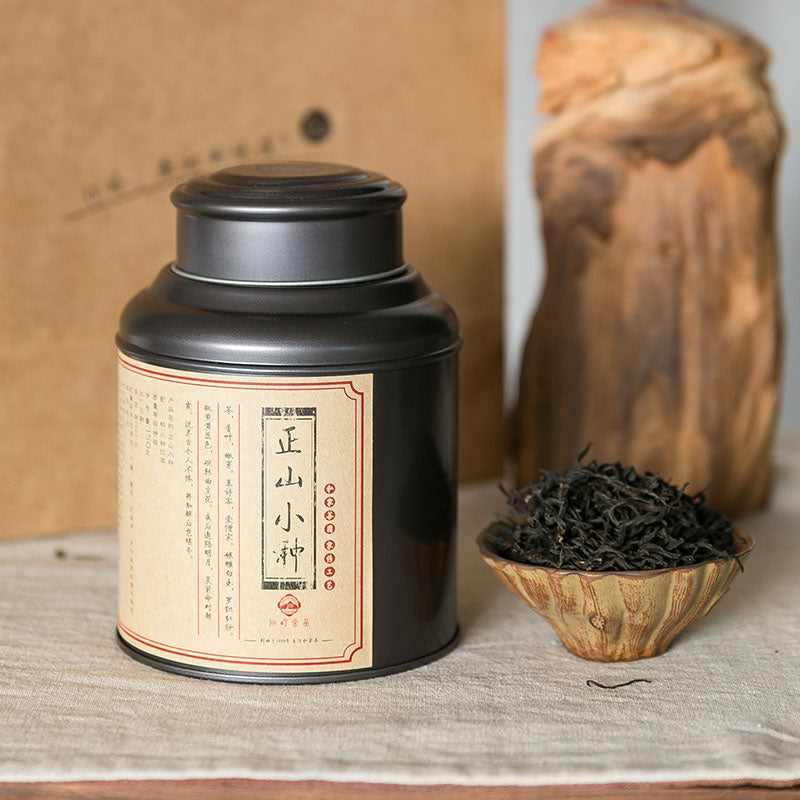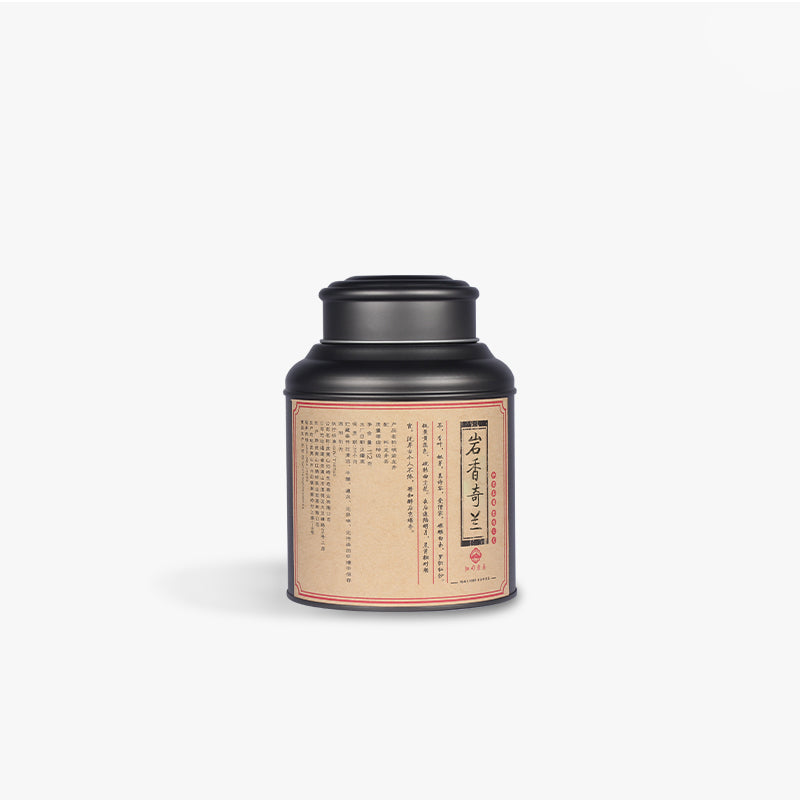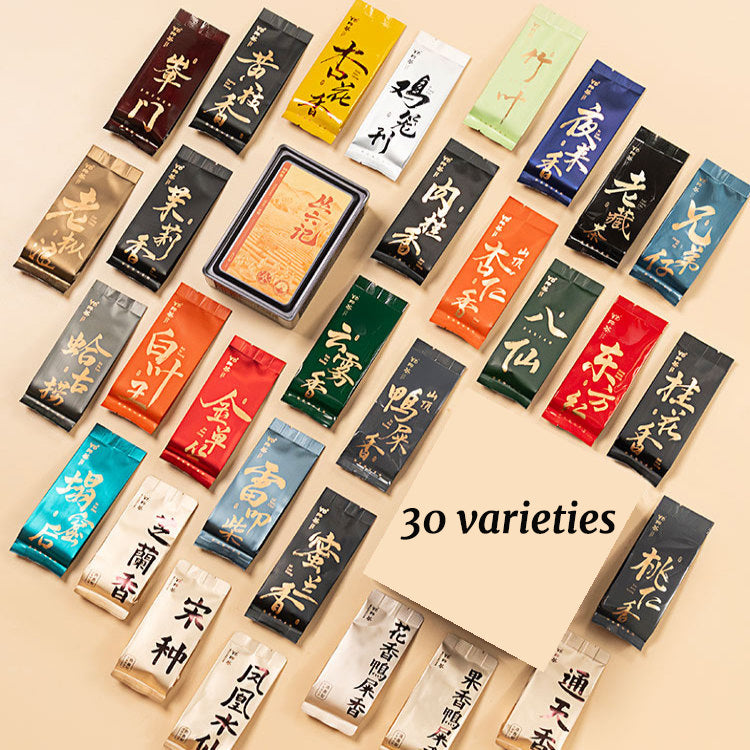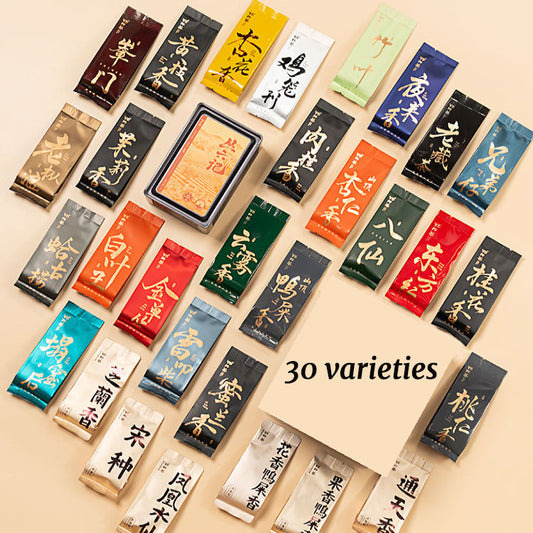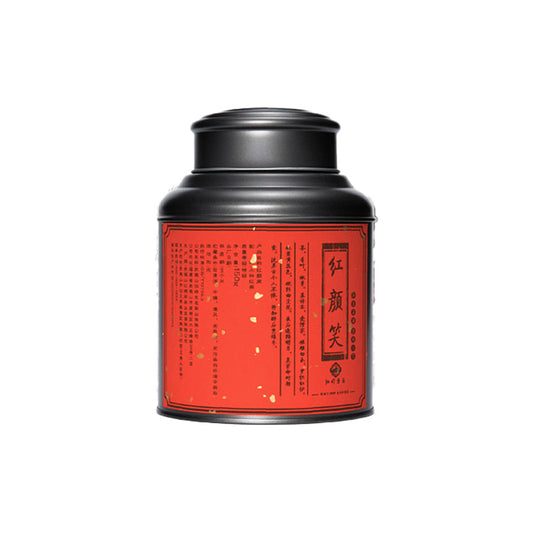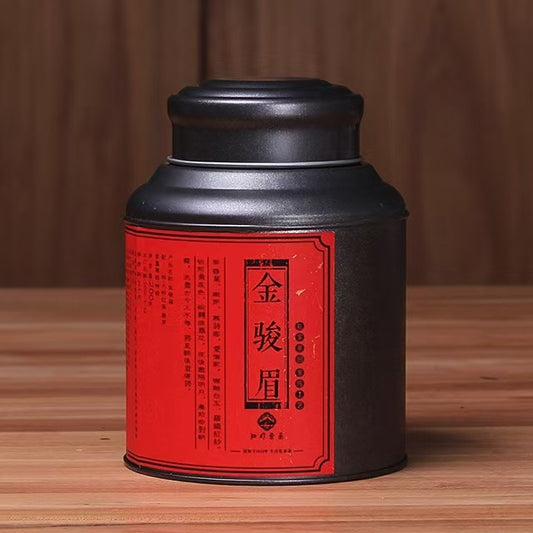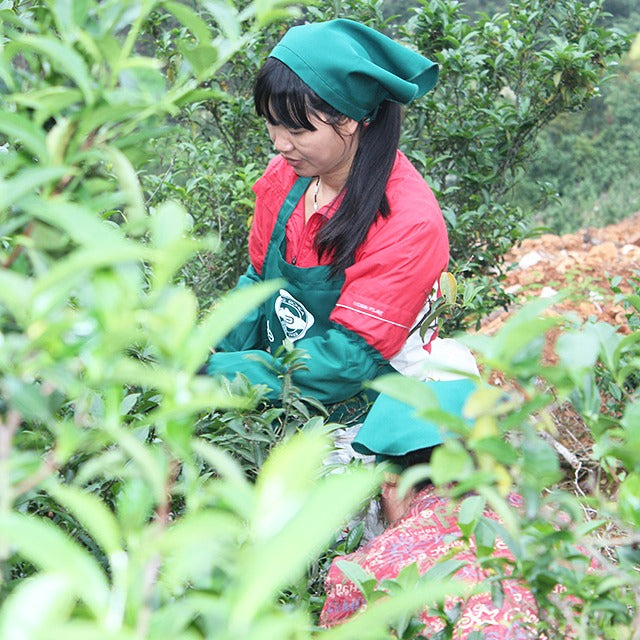Mastering the Art of White Tea Brewing Temperature
Mastering the Art of White Tea Brewing Temperature
White tea is like a whisper of nature's elegance, offering a gentle, ethereal experience in every cup. If you've ever held a steaming cup of white tea to your lips, you know of its delicately sweet aroma and the calming tranquility it brings. But what you might not know is that the true art of white tea lies in its brewing temperature. As someone who has spent countless afternoons exploring the subtleties of tea, I can assure you that getting this just right can elevate your tea-drinking experience to an entirely different plane.
White tea, unlike its more robust black or oolong counterparts, is unoxidized and minimally processed, which means it's more susceptible to the way it's prepared. The leaves of white tea are often young and tender, covered with fine silvery hairs that require a gentle touch when brewed. This is why a lower temperature is key. Typically, white tea should be steeped in water heated to around 160-185°F (70-85°C). This range allows the delicate flavors to unfurl without the risk of scorching the leaves, which can lead to a bitter taste.
Reflecting on my own journey with tea, I often liken white tea preparation to a mindful ritual. There's something soothing about waiting for the water to cool slightly after boiling, knowing that patience will yield a richer reward. Many tea enthusiasts, myself included, use a thermometer to ensure precision, while others develop a keen sense for it through experience, sharing stories of how their grandmothers would gauge the temperature simply by watching the steam rise.
The origins of white tea trace back to China's Fujian province, a place where the traditions of tea cultivation run deep. Here, in the mist-covered mountains, the buds and leaves of white tea are handpicked before being gently withered and dried in the sun. This gentle handling is mirrored in its preparation — and is why controlling the brewing temperature is so crucial. Each subtle note of honey, melon, or floral hint you enjoy in a cup of Bai Mudan or Silver Needle is the result of centuries-old practices that honor the tea’s natural purity.
As you find your own rhythm with white tea, consider the nuances that temperature brings out in different varieties. A Bai Hao Yinzhen, with its slender buds, may shine best towards the cooler end of the spectrum, while a Shou Mei, with more mature leaves, might tolerate a bit more warmth. Exploring these subtleties can be a joyful experiment, one that invites you to slow down and savor each sip with an attentive palate.
Ultimately, brewing white tea is a dance of precision and grace, an activity that rewards patience and respect for the leaf’s natural character. So next time you find yourself preparing a pot, let the gentle steam be your guide, and remember that true mastery lies not just in technique, but in the quiet moments of appreciation that follow.

